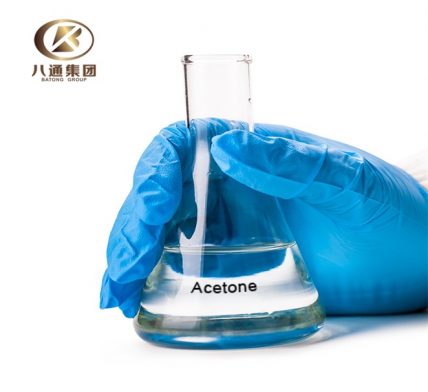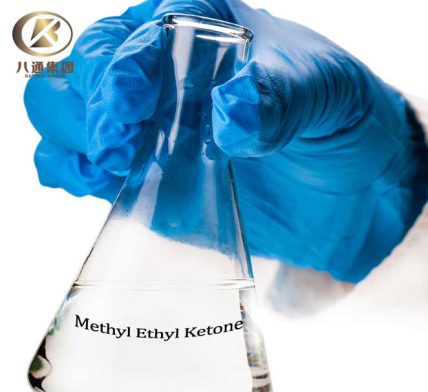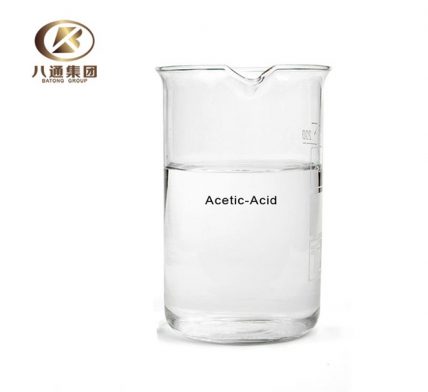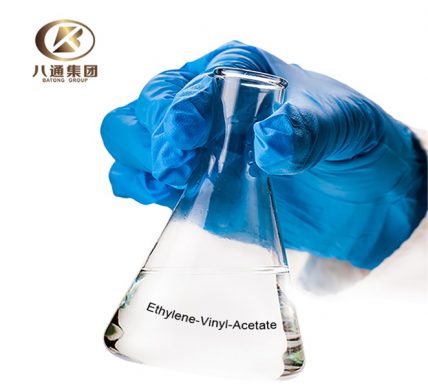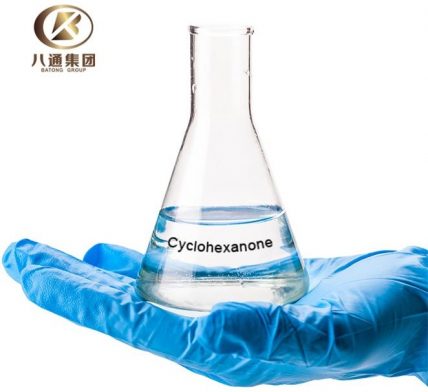Cyclohexanone and Acetone are both important organic solvents commonly used in various industries. While they may share some similarities, there are key differences that set them apart.
Chemically, cyclohexanone belongs to the cycloalkanone family, whereas acetone is a member of the ketone group. This difference in structure results in variations in their physical and chemical properties.
One noticeable distinction is their boiling points. Cyclohexanone has a higher boiling point of around 155 degrees Celsius, whereas acetone boils at a significantly lower temperature of about 56 degrees Celsius. This variance in boiling points affects their volatility and evaporation rates.
Another key difference lies in their odors. Cyclohexanone has a distinct aroma similar to peppermint or camphor, while acetone is characterized by its sharp, strong odor that is often associated with nail polish remover. These contrasting smells are due to the different chemical compositions of the two compounds.
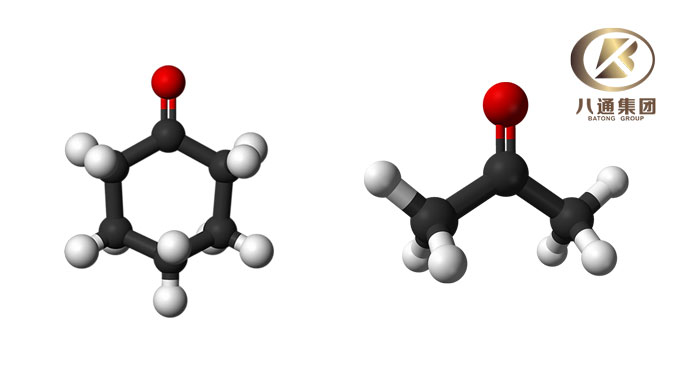
In terms of applications, cyclohexanone finds extensive use in the production of nylon, while acetone is commonly employed as a solvent in many industries such as pharmaceuticals, cosmetics, and cleaning products. Furthermore, acetone is an important ingredient in the production of plastics and resins.
Additionally, it is worth noting that both cyclohexanone and acetone are volatile and flammable substances, requiring proper handling and storage to ensure safety.
If you need solvents like Butanone, Isopropanol, Styrene, Xylene, Cyclohexanone, Ethanol, Toluene, Methanol, Ethyl Acetate, N-butyl Acetate, Butyl Acrylate, etc., mainly used in paints, coatings, spray paints, printing, leather, ink, and pharmaceutical intermediates. You can contact Batong Chemical Group:
WhatsApp:+86 15903601090
E-mail: [email protected]





